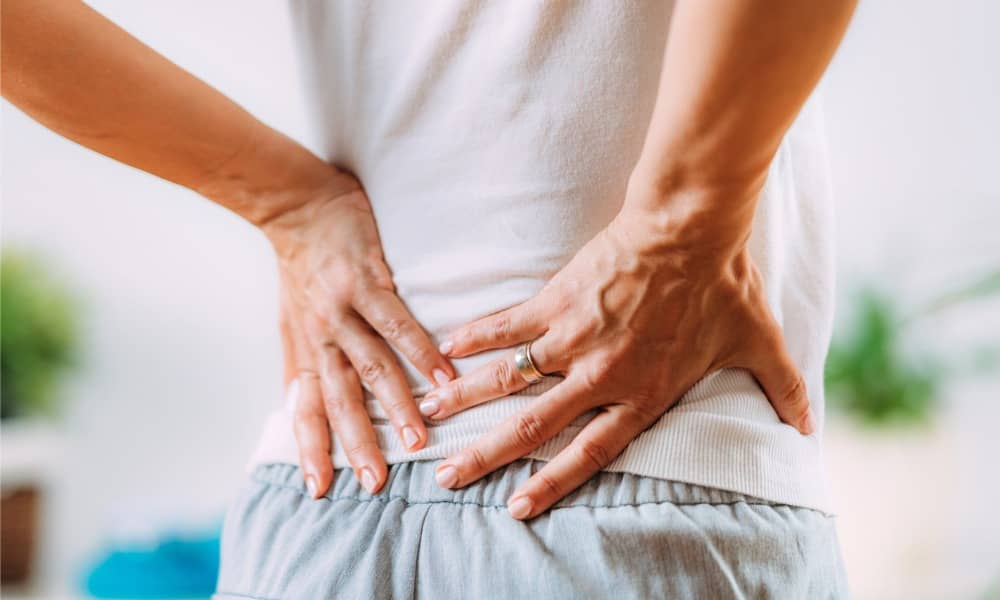How to Get Rid of Knots in Your Back
Muscle knots, also known as myofascial trigger points, are contracted, tense muscles that can be painful to the touch. Although muscle knots can occur anywhere on the body, they are most frequently found in the back, shoulders, and neck. To help get rid of the knots in your back, it’s important to understand what causes them.
Causes of Muscle Knots
Among the most frequent causes of muscle knots are:
- Prolonged sitting
- Poor posture
- Overuse or repetitive motions
- Stress and tension
- Dehydration
- Awkward sleeping positions
Regardless of your knot’s cause, your muscles may feel swollen and tense, even when you’re trying to relax. Your discomfort may make it challenging to go about your daily activities, and you may struggle to comfortably fall asleep. Depending on their exact location, they can also cause a headache, toothache, or earache.
Treating Knots in Your Back
To get rid of knots in your back, you will need to break up the tight and inflamed muscles. Here are some of the best ways to find relief:
Massage
Research has indicated that massage therapy can help soothe inflammation and promote healing in muscles. Receiving a massage can also help slow your heart rate, lower blood pressure, and reduce pain and stiffness. Among the most popular types of massages include:
- Swedish massage
- Deep-tissue massage
- Sports massage therapy
If you don’t have access to a professional massage therapist, you can also try a self-massage at home. You can apply pressure to the trigger point yourself, or you can enlist the help of a tennis ball or foam roller. You will likely require more than one massage to help loosen the knots in your back.
Ice and Heat Therapy
Both ice and heat therapy can be effective at relieving your muscle knots. Icing your back can constrict blood flow to the area, which reduces swelling. In contrast, heat can increase blood flow, which bolsters healing and helps relax muscles. Try both to see which one works best for you.
Stretching
Consistently stretching can be an effective way to alleviate and prevent knots from forming in your back. Stretches serve to elongate your muscles and release tension in your body and can be especially beneficial if your job or daily activities require you to be sedentary for extended periods of time. For optimal results, you should hold your stretch for at least 30 seconds.
One way to remember to stretch more is to take up yoga, which works numerous back and abdominal muscles, increasing strength and boosting flexibility.
Rest
One of the most simple ways that you can help allay muscle knots in your back is to simply rest. By taking a break from activities that exacerbate your discomfort, it can allow your muscles to heal.
Physical Therapy
A licensed physical therapist (PT) can help you manage and loosen tight trigger points through soft-tissue manipulation, active release therapy, and ischemic compression techniques. A PT can also apply electrical stimulation or administer a steroid injection to lessen your discomfort.
Exercise
Certain exercises like swimming or jumping jacks may also relieve muscle knots due to their ability to promote blood flow to your upper body. Increased blood supply helps to repair damaged tight and contracted muscles.
Contact The Spine Pro
If you are uncertain if your discomfort is due to a knot in your back or a more serious concern, contact Hooman Melamed, M.D. today. Dr. Melamed is one of the leading spine surgeons in the country, specializing in minimally invasive spinal surgeries. Not only can Dr. Melamed help you mitigate knots in your back, but he can also treat a wide range of other spinal conditions. Contact The Spine Pro today to learn more.





